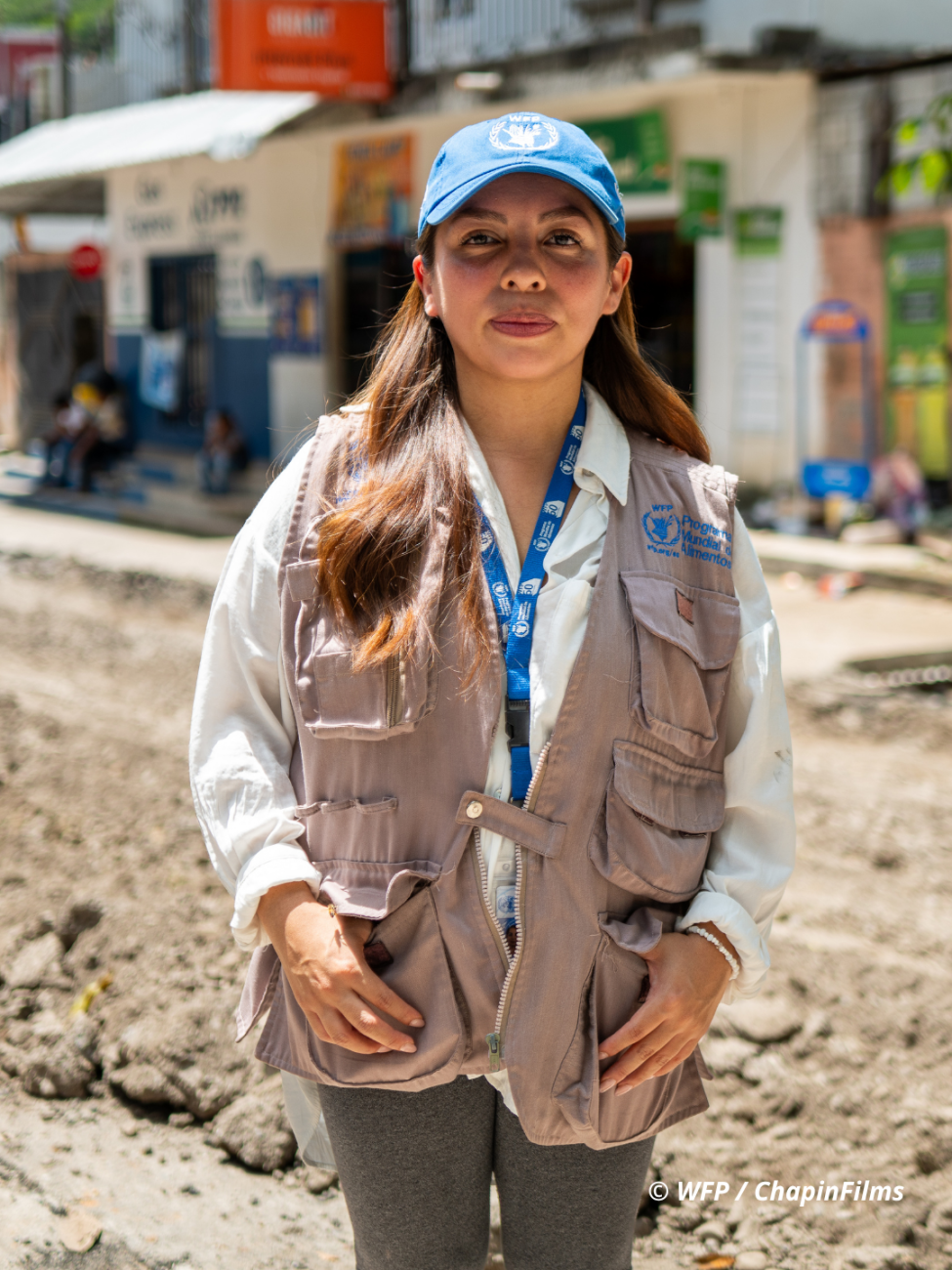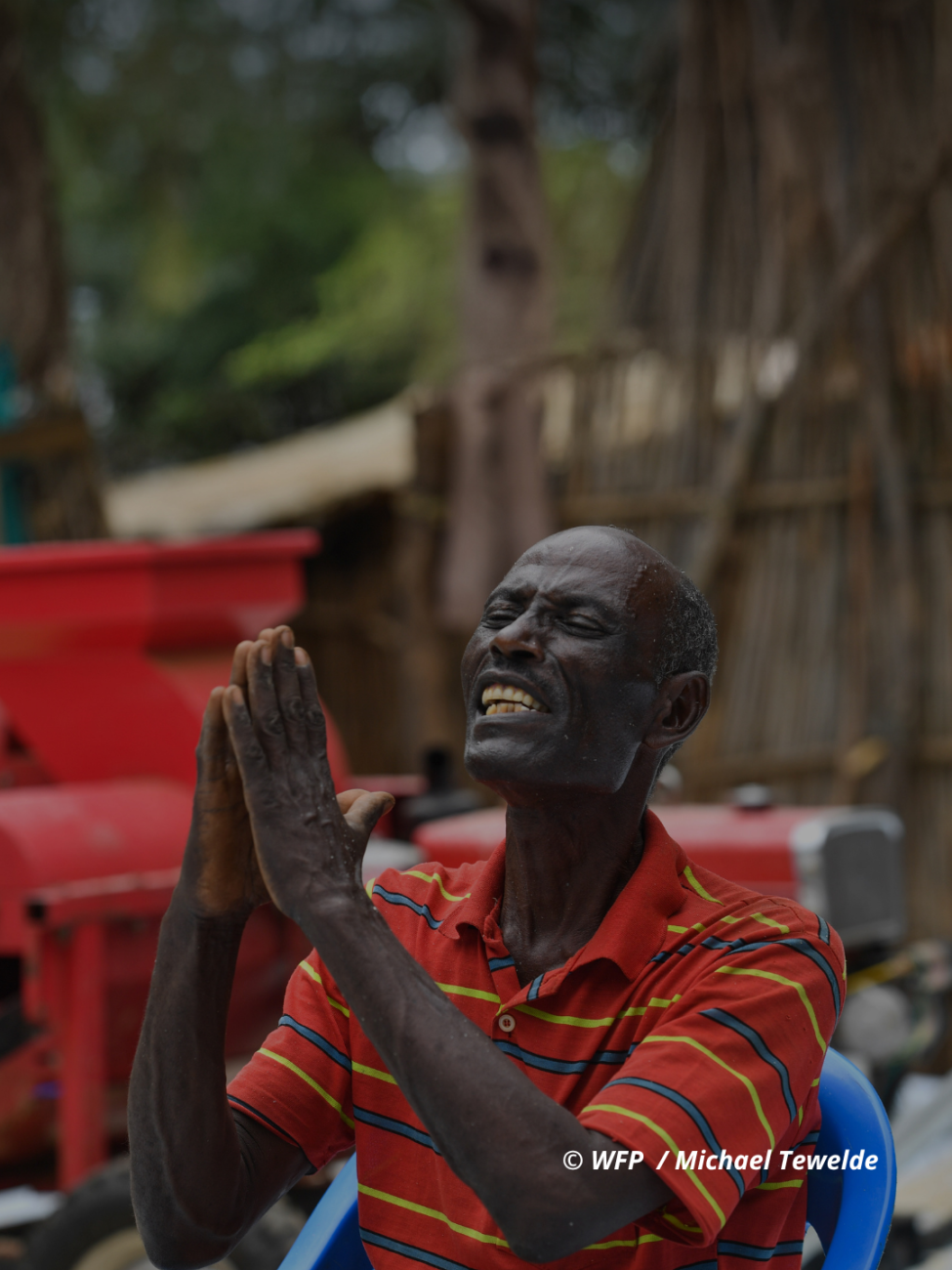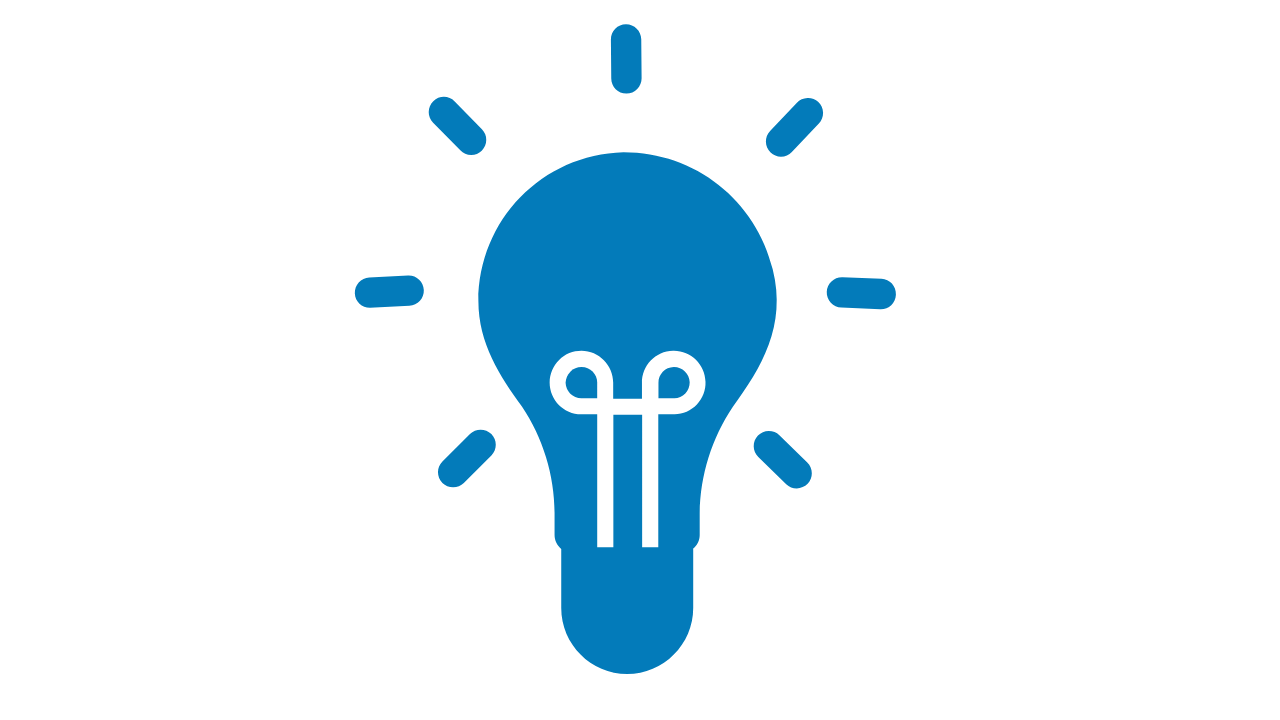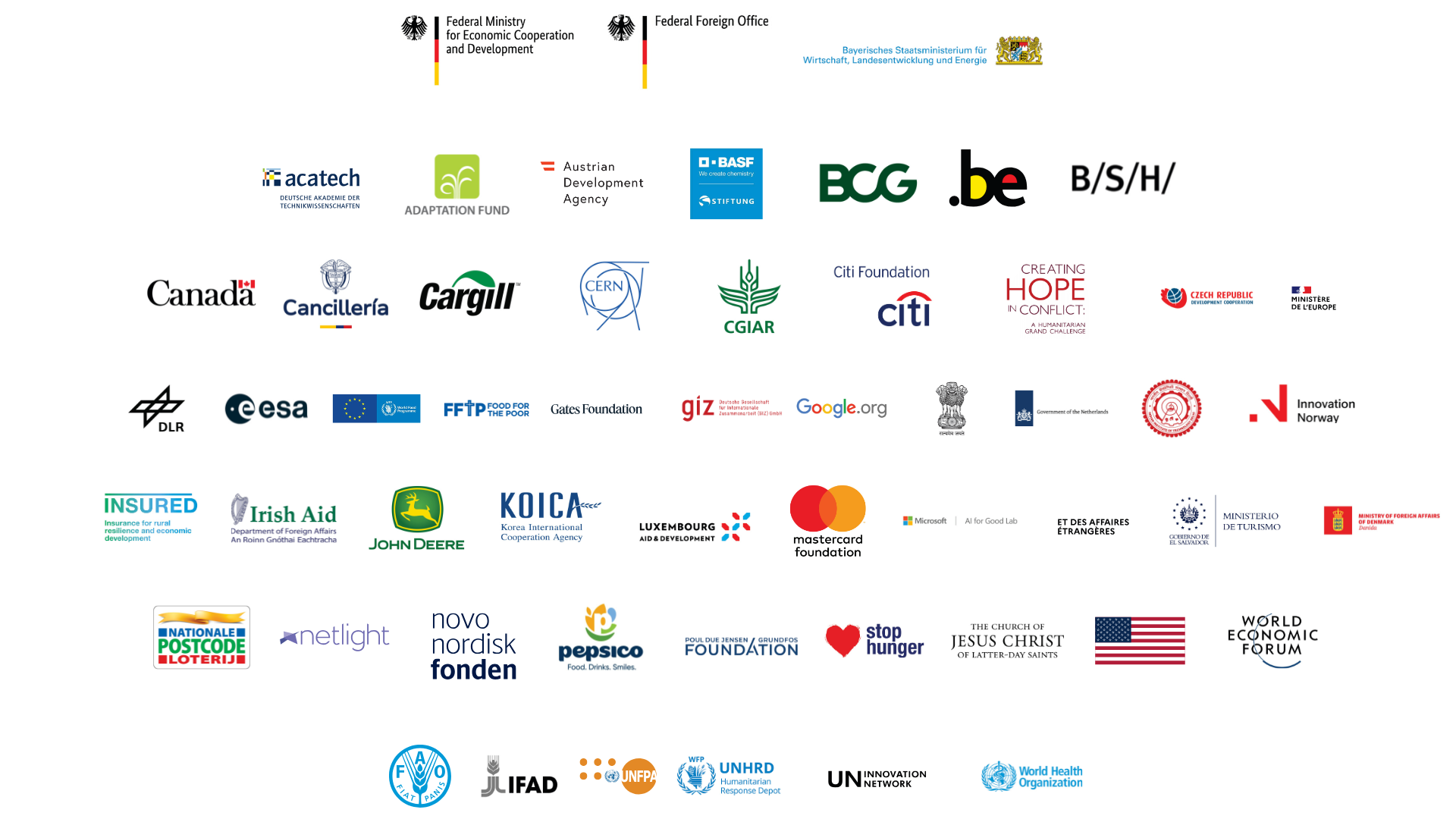WFP Innovation, through the WFP Innovation Network, enables and drives innovation across the organization. It brings together more than 500 Innovation Champions in over 165 duty stations, 20 dedicated country office innovation teams and two regional innovation hubs, inspiring other countries to amplify their innovation capabilities and impact by setting up dedicated innovation structures. The Innovation Network is currently leading an Innovation Activation initiative aiming for transformative impact, scaled solutions, enhanced operations and unlocked regional potential.
Today, WFP innovators and country offices are the engines of innovation, supported by regional innovation offices and the WFP Innovation Accelerator. From Kenya to Colombia, innovation offices and units are localizing, implementing and scaling new solutions to help end hunger, rooted in community needs.
The Innovation Network also promotes a culture of creativity and collaboration and provides tailored services to help ideas grow. This network is connected through common digital systems and spaces that connect peers, share knowledge and scale solutions for greater impact.
WFP Kenya Innovation Unit
Rosemary leads the WFP Kenya Innovation Unit, driving new ways of working to strengthen food systems, improve livelihoods and deliver better outcomes for the people we serve. Her and her team always began with a simple question: how can we do better for the people we serve? From pioneering cash transfers through M-PESA to co-creating solutions with local partners, the unit has turned field challenges into innovation labs. They’ve built a method that lets WFP learn fast and scale what works, transforming staff ingenuity into real-world impact. Today, innovation isn’t a department, it’s a mindset shared across WFP in Kenya.



















